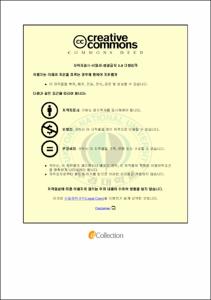Elimination of White Spot Syndrome Virus (WSSV) Using The Biofloc System
- Abstract
- Intensified aquaculture farming requires more supplementary protein feed to increased production level. However, high level of protein in the feed also accompanies adversary effects such as nitrogenous wastes, which may affect on the growth performance and survival rates. Even though they are exposed to a little bit above the critical ammonia levels over time, fish are more susceptible to the various pathogens resulting in increased chance of disease outbreaks. Increased nitrite concentration has negative effects on the growth and survival of fishes as well as other aquatic organisms. Adding of carbonaceous materials increase C/N ration which favors the growth of microbial protein by reducing the ammonia from the culture system. Nitrogen compound covalently bond with carbon and produce flocs of protein molecules, flocculated together and form a floating mass called bioflocs. These bioflocs may be used for water quality improvements, fish nutrients as well as antimicrobial agents. Considering the potential application of bioflocs, experiments have been conducted to verify the effect of bioflocs on reduction of White Spot Syndrome Virus (WSSV) particle. Bioflocs were prepared under laboratory condition in the rectangular tank with sea water. Commercial feed was given constantly as source of additional carbohydrates and water was vigorously aerated by aerator. After the preparation of bioflocs, hepatopancreas from infected shrimp (Litopenaeus vannamei) was inoculated. Water was taken from the tank on Ist and 3rd day and copy number of WSSV/ng was measured by Real time PCR. The resulted show that copy number of WSSV in bioflocs tank decreases dramatically. After 1th day, copy number of WSSV was 752,616 and decreased to 34,929 on 3rd days. Findings of this experiments showed that bioflocs have effect on the reduction of WSSV particles from the culturetanks.
- Issued Date
- 2012
- Awarded Date
- 2012. 2
- Type
- Dissertation
- Publisher
- 부경대학교
- Department
- 대학원 국제수산과학협동과정
- Advisor
- 김현우
- Table Of Contents
- Introduction 1
Materials and Methods 7
1. Identification of WSSV infected shrimps 7
2. Reverse transcription polymerase chain reaction 7
3. Analysis of deduced amino acid sequences 8
4. Preparation of biofloc 9
5. Inoculation of WSSV to the biofloc tanks 9
6. Isolation of WSSV from the biofloc and control 10
7. Measurement of WSSV copy number by Real time PCR 10
Results 12
1. Identification and blast analysis of WSSV 12
2. Nucleotide sequence of WSSV 12
3. Protein sequence of WSSV 13
4. Comparison of WSSV copy number 14
Discussion 16
Conclussion 18
Acknowladgement 19
References 21
- Degree
- Master
- Appears in Collections:
- 글로벌수산대학원 > 국제수산과학협동과정
- Files in This Item:
-
-
Download
 Elimination of White Spot Syndrome Virus (WSSV) Using The Biofloc System.pdf
기타 데이터 / 505.35 kB / Adobe PDF
Elimination of White Spot Syndrome Virus (WSSV) Using The Biofloc System.pdf
기타 데이터 / 505.35 kB / Adobe PDF
-
Items in Repository are protected by copyright, with all rights reserved, unless otherwise indicated.